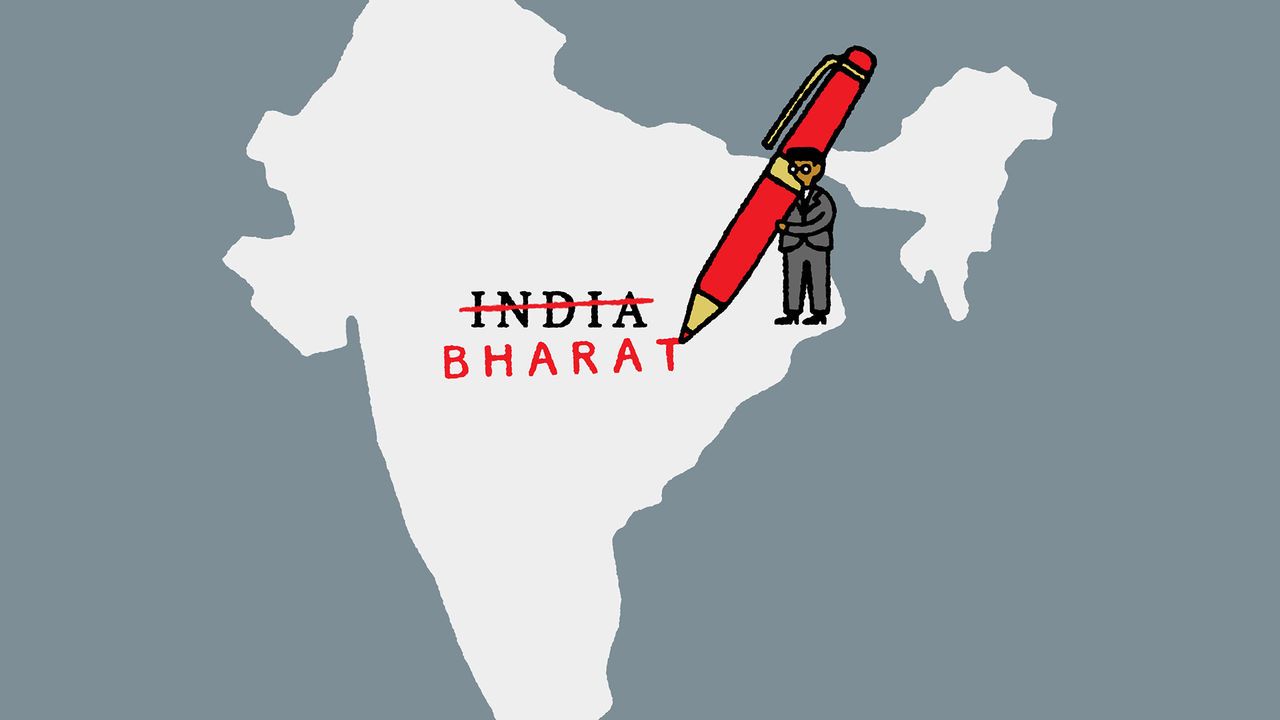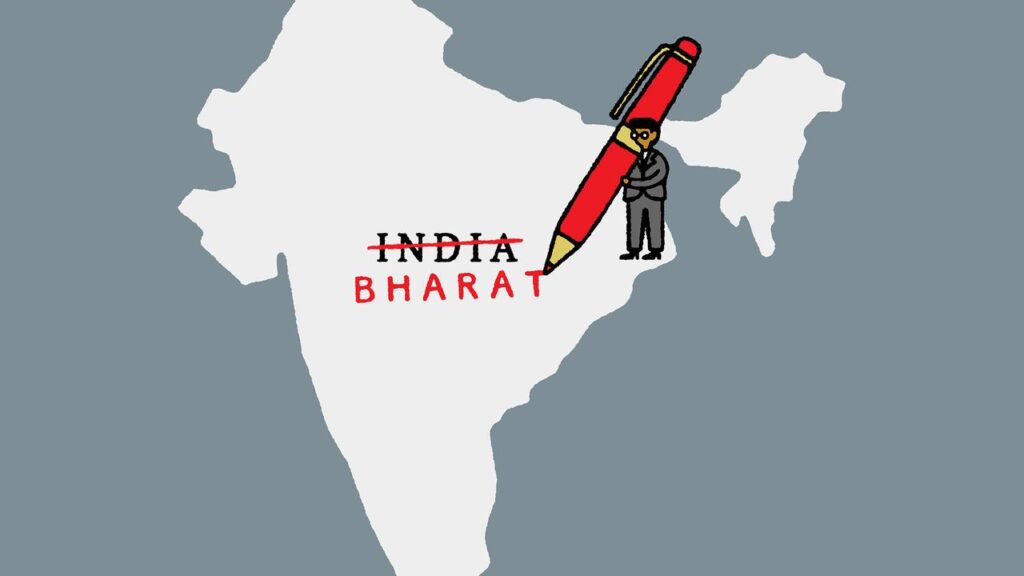
A new book by the foreign minister explains diplomacy through the Ramayana

image: lan truong
he constitution of India begins: “India, that is Bharat, shall be a union of states.” Unable to agree on whether to use the English or Sanskrit name for the country, its authors included both. On the surface, the difference is no greater than that between Germany and Deutschland. But from the debates in the constituent assembly 75 years ago until today, India’s alternative names have been loaded with distinct meanings. One was imposed by a colonial power and is increasingly associated in India with an out-of-touch anglicised elite. The other is increasingly considered a true reflection of a proud, ancient civilisation.
So it was significant when, at the g20 summit in Delhi in September, Narendra Modi, India’s prime minister, sat behind a nameplate that read Bharat, bolstering his credentials as a representative of the “real” India. In the same vein, a new book by Subrahmanyam Jaishankar, India’s erudite foreign minister, is called “Why Bharat Matters”.
